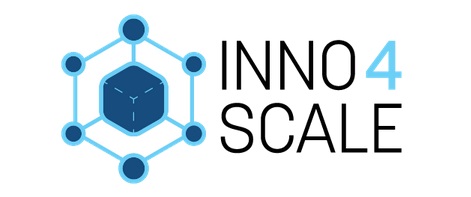
XCALE
Adding Physics-inspired Interactions for Fast and Accurate Machine-learning Interatomic Potentials Across Scales
There is currently some decoupling between the pace at which GPU-based (pre)exascale supercomputers have emerged and the ability of the academic community to adapt to this change. Because of the differing characteristics of CPU and GPU computing, simply porting CPU code to GPUs is not a universal answer. Oftentimes the original algorithm, designed to be run on CPU, must be discarded and a whole new approach, exploiting vectorization and avoiding heavy use of memory or data transfers, needs to be adopted.
The XCALE project aims to bridge the gap between the available computing resources and the readiness of the computational materials science community to make use of them by bringing together a team of experts in atomistic materials modeling from Aalto University with HPC experts from CSC as the host of the LUMI supercomputer. The main objectives of XCALE are:
- develop 3-4 novel algorithms to add physics-based functionality to machine learning potentials (MLPs)
- achieve a proof-of-concept GPU-efficient implementation of these by end of project.
The new algorithms will target vectorization and small memory footprint, including minimizing the communication and data transfer between CPU and GPU, leading to significant improvements in performance compared to existing solutions. By adding physics-based functionality to MLPs, it is possible to tackle a larger number of problems in materials science and biomolecular design.
CSC leads the GPU implementation of the algorithms, including GPU porting of CPU-ready code. The objective is that the new algorithms can be efficiently deployed on the new generation of (pre)exascale machines, including the LUMI supercomputer.

Funding source
Inno4scale